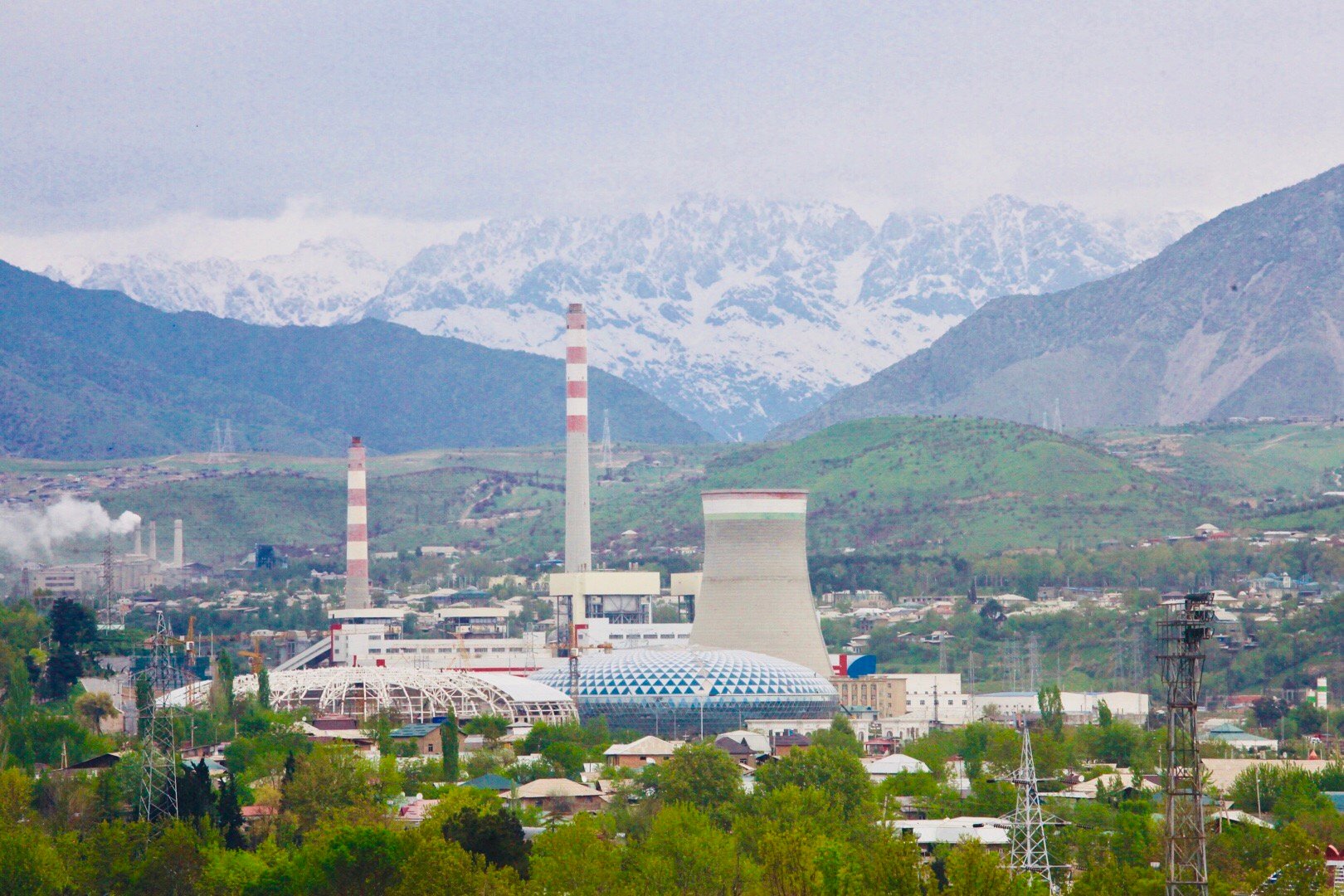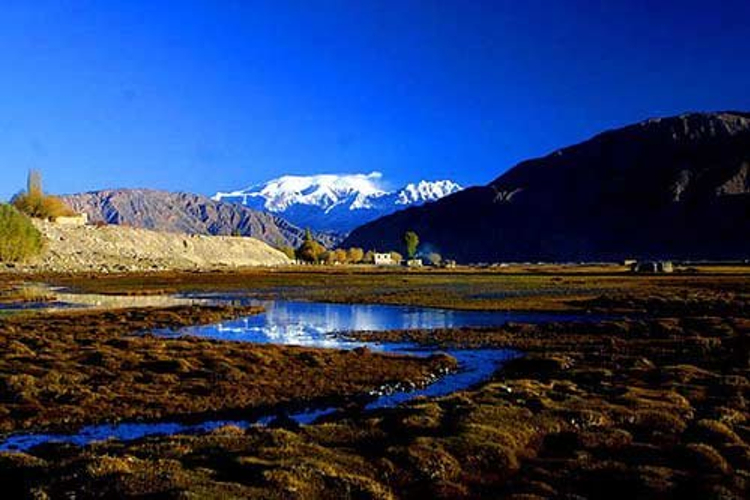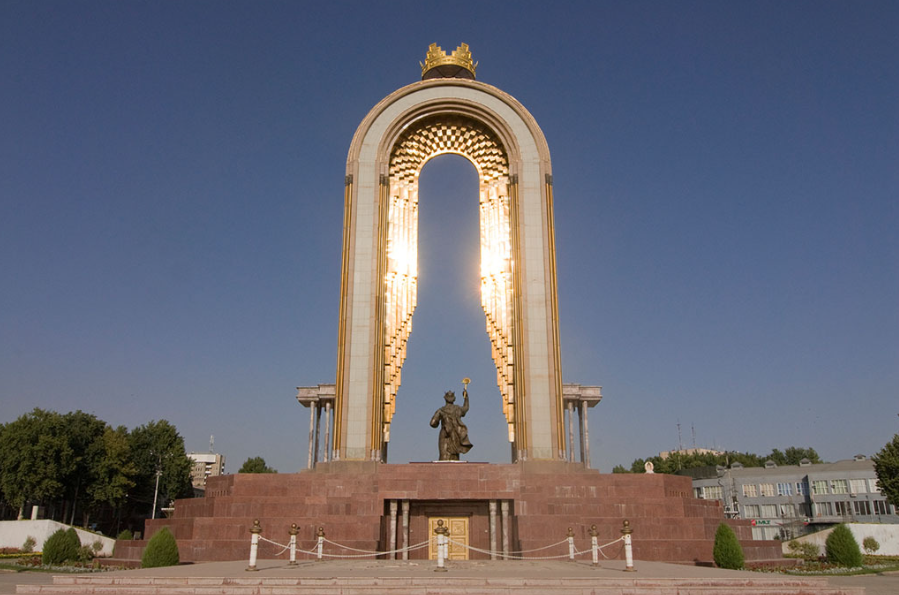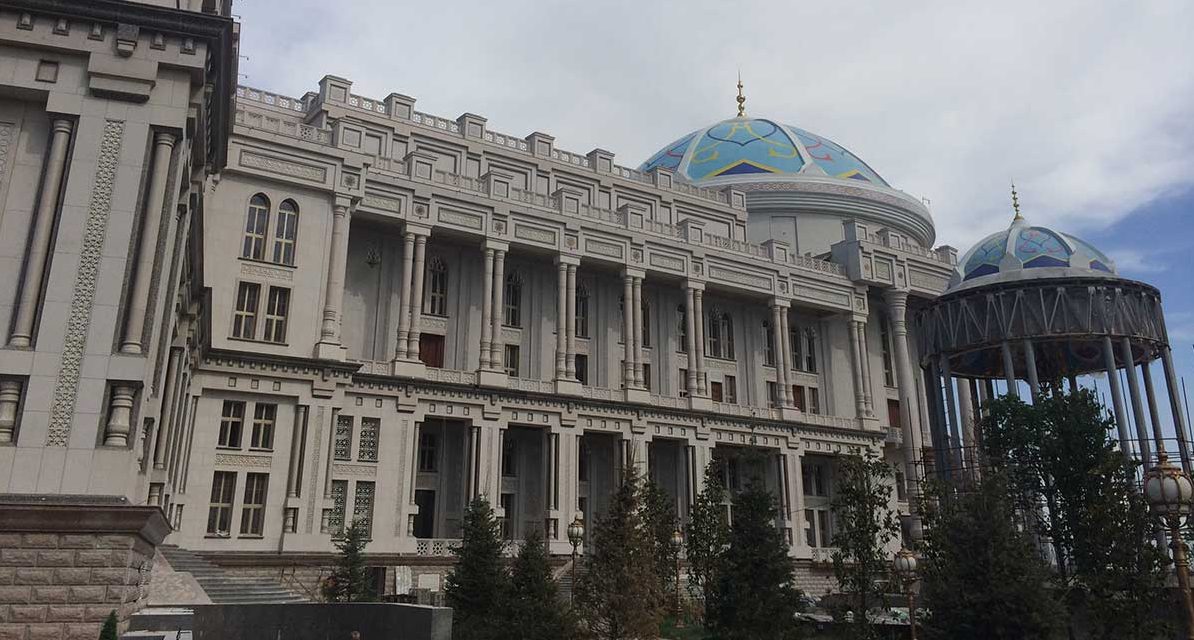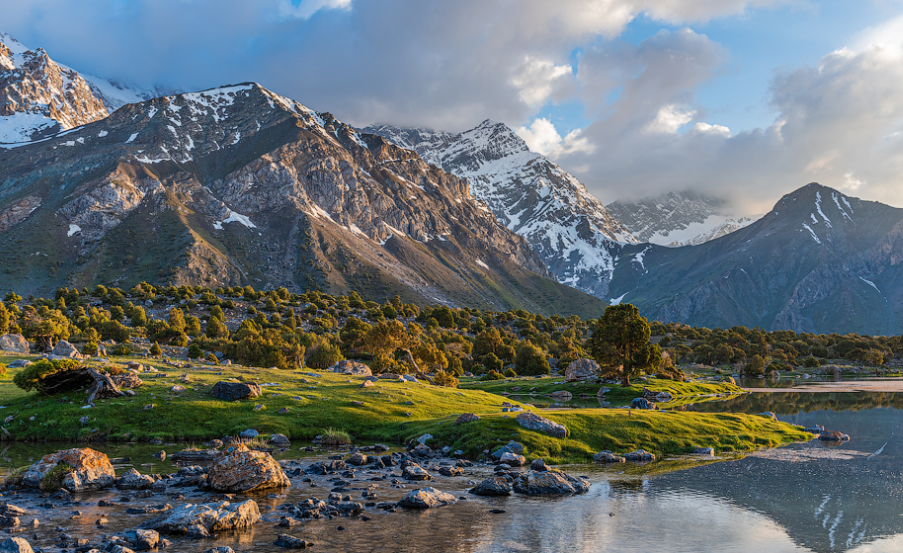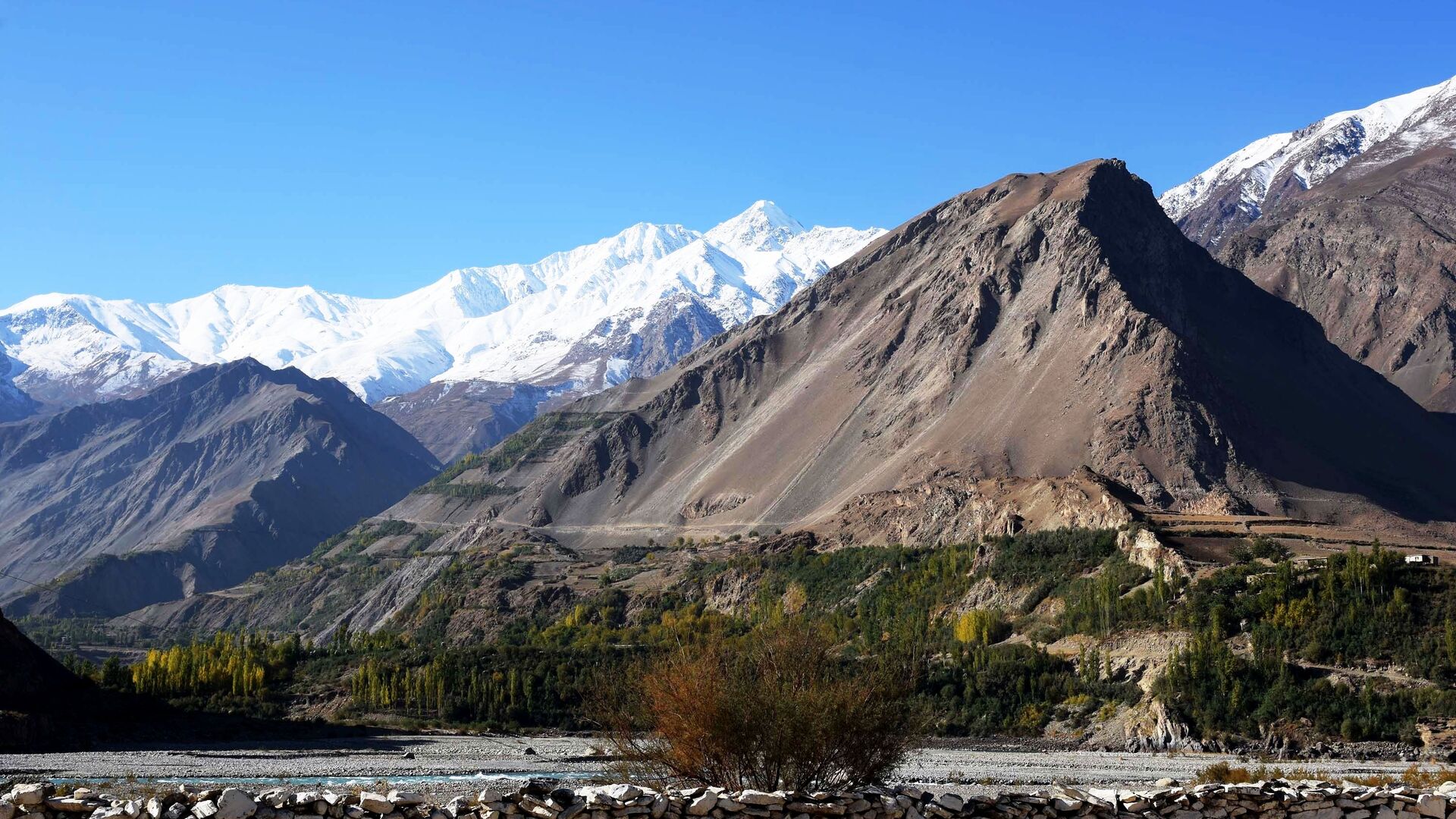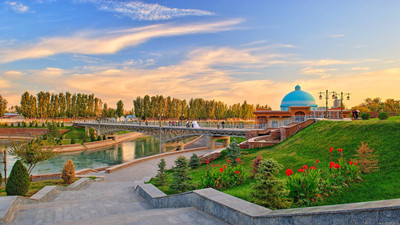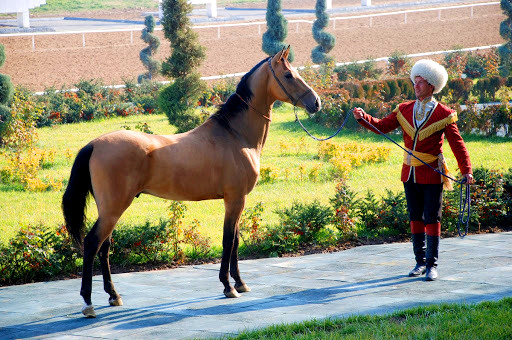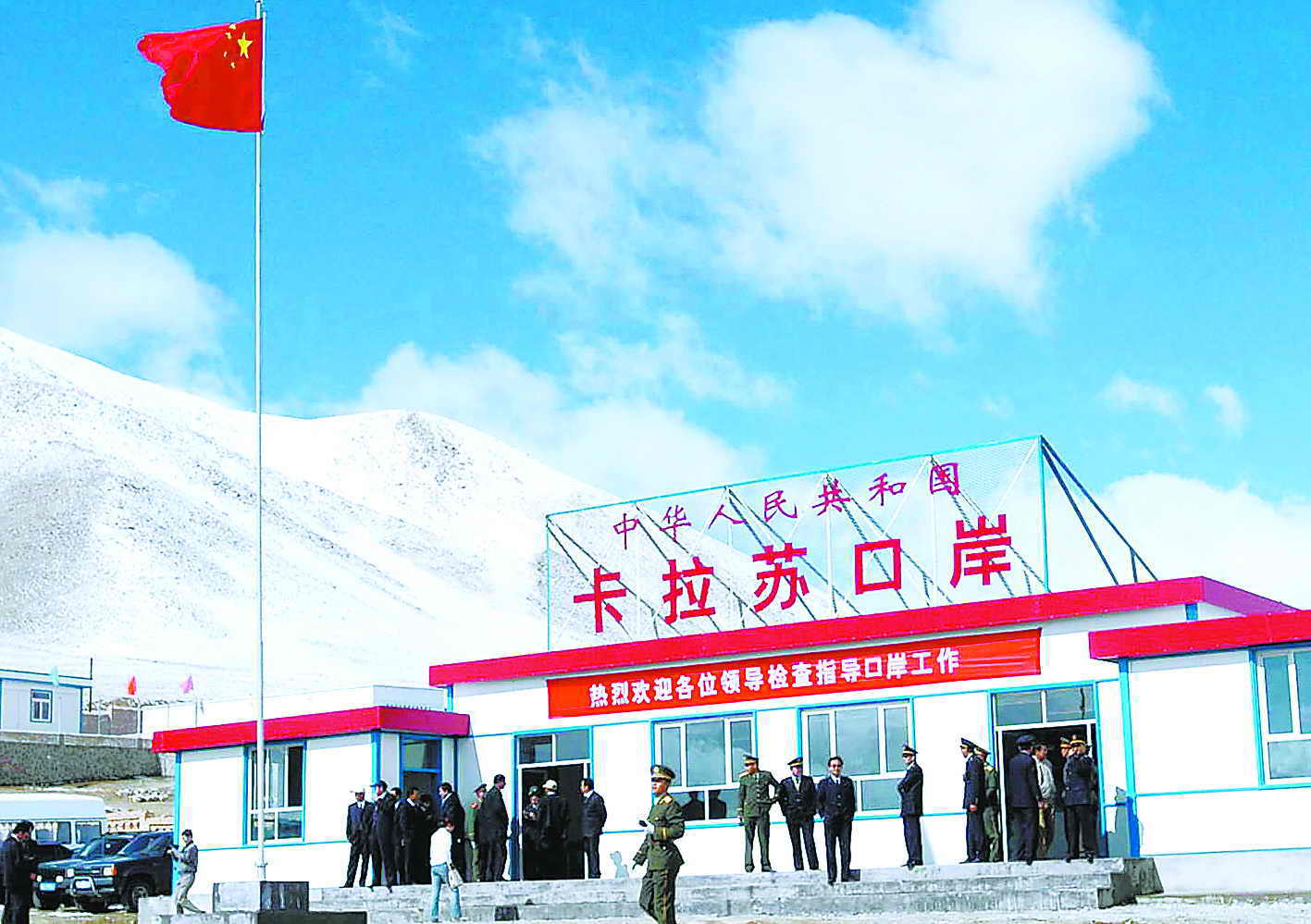Tajikistan Travel Guide
Adventure awaits in Tajikistan, Central Asia's mountainous jewel! Crowned the "Land of High Mountains," 90% of its terrain soars with snow-capped peaks and plateaus—half rising over 3,000 meters. Trek the legendary Pamir Plateau, home to the UNESCO-listed Tajik National Park, where 1,085 glaciers, turquoise lakes, and 7,495-meter Ismail Samani Peak will leave you breathless.
Dive into culture in Dushanbe, the vibrant capital, blending history with lively bazaars and museums. Savor hearty osh (rice pilaf) and juicy kebabs, served with the warmth of Tajik hospitality.
Best time to visit: Spring or autumn for crisp air and golden landscapes. Tajikistan rewards intrepid travelers with raw beauty and authentic Silk Road charm.
Pack your spirit of adventure—Tajikistan's untamed peaks and timeless traditions are calling!
Answer the call of the mountains. Explore Tajikistan—where every journey becomes a story.

Country Name: The Republic of Tajikistan ( for short Tajikistan )
Area: 143,100 square kilometers
Population: 10.36 million
Official languages: Tajik language (state)
Russian (official)
Capital: Dushanbe
Why Visit Tajikistan?
If you're looking for an unforgettable adventure off the beaten path, look no further than Tajikistan. Nestled in southeastern Central Asia, this landlocked country is a hidden gem waiting to be discovered.
First and foremost, Tajikistan is a paradise for nature lovers. Known as the "Land of High Mountains," it boasts over 90% mountainous terrain, with half the country rising above 3,000 meters. The Pamir Plateau is a must-see, featuring some of the world's most breathtaking mountain ranges and glaciers. The Tajik National Park, a UNESCO World Heritage Site, spans over 2.5 million hectares and is home to 1,085 glaciers, 170 rivers, and more than 400 lakes. It's a hiker's and explorer's dream!
If you're into history and culture, Tajikistan won't disappoint you. The capital, Dushanbe, is the political and cultural heart of the country. Here, you can visit the Tajik Geological Museum and the Gumi National Museum of Musical Instruments to delve into the nation's rich past and traditions.
You'll be welcomed with the warm hospitality of the Tajik people and can indulge in delicious local delicacies like hearty osh and succulent kebabs. Despite its relatively underdeveloped infrastructure, the unique blend of natural and cultural attractions makes Tajikistan a promising and authentic destination for adventurous travelers.
We will share the favorite things to do in Tajikistan with you. Be prepared for a wild adventure!
The Most Popular Attractions
The Wakhan Valley
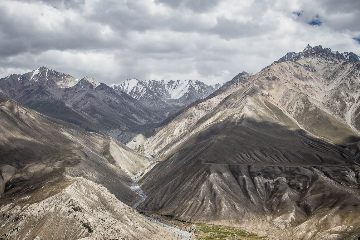
Nestled between Tajikistan and Afghanistan, the Wakhan Corridor is a rugged, high-altitude valley where the jagged peaks of the Pamir and Hindu Kush mountains converge. Stretching 300 kilometers from the Amu Darya River to China's Xinjiang region, this narrow strip of land—once a lifeline for Silk Road traders—invites adventurous travelers to explore its untouched landscapes and living history.
Here, the air hums with tales of ancient caravans and wandering monks like Xuanzang, who traversed these valleys in the 7th century. Today, the corridor remains a realm of stark beauty: glacial rivers carve through emerald pastures, snow-capped summits pierce the sky, and remote Wakhi villages cling to slopes where nomadic traditions thrive. Walk trails trodden by explorers and traders, discover petroglyphs etched into cliffs, or share stories with locals in humble homestays, where hospitality transcends borders.
Though sparsely populated and fiercely remote, the Wakhan's raw allure lies in its isolation. Trek untouched paths under endless skies, camp beside turquoise lakes, or trace routes that once linked empires. Visit between May and September for mild weather, when mountain passes open and the valley blooms. Accessible via Tajikistan's legendary Pamir Highway or guided journeys from Afghanistan, the Wakhan Corridor offers no luxury—only the rare chance to wander a landscape unchanged for centuries.
This is more than a destination; it's a journey into the soul of the Silk Road, where adventure and solitude reign supreme.Read More
Khujand Fortress
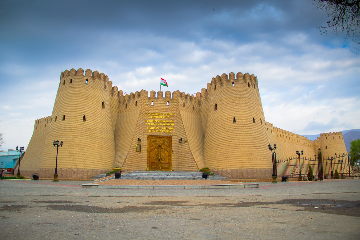
Standing guard over Tajikistan’s Syr Darya River for over two millennia, the Khujand Fortress is a living chronicle of Central Asia’s turbulent past. Built in the 6th–5th centuries BCE and reshaped by Persian, Greek, Arab, and Mongol conquerors, these weathered walls have borne witness to Silk Road caravans, epic battles, and the rise and fall of empires.
Alexander the Great’s armies once marched near its gates, Genghis Khan’s hordes reduced it to rubble, and Timur Malik, its legendary defender, became a symbol of unyielding courage during the Mongol siege of 1219. Yet each destruction birthed renewal. By the 8th–10th centuries, the fortress flourished anew as a thriving hub of trade and governance, its citadel buzzing with scholars, merchants, and artisans from distant lands.
Today, wander through its reconstructed eastern walls—where clay bricks meet modern restoration—and feel the weight of history. A museum within the fortress unveils treasures like a golden Saka warrior’s helmet and Silk Road ceramics, while the battlements offer panoramic views of Khujand’s bustling present against the backdrop of its ancient past. Nearby, the 16th-century Masjidi Jami Mosque and Soviet-era monuments weave together the city’s layered identity.
More than ruins, the Khujand Fortress is a bridge across time. Walk its grounds at sunset, when shadows stretch across the stones, and imagine the echoes of traders haggling, soldiers rallying, and poets reciting verses under starry Silk Road skies. Visit in spring or autumn, when the air carries the crispness of mountain winds, and let this fortress—a survivor of conquests and rebirths—ignite your imagination.Read More
Mausoleum-Mosque of Sheikh Muslihiddin
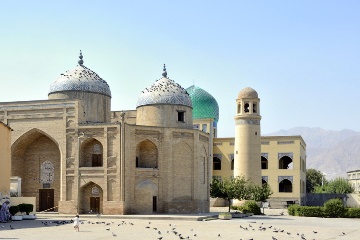
The Mausoleum-Mosque of Sheikh Muslihiddin is a unique blend of architectural brilliance and spiritual significance, waiting for you to discover its charm. This historic site dates back to the 13th century and is a sacred place in the hearts of many. Sheikh Muslihiddin, a revered religious figure, is honored here, and the mausoleum-mosque has long been a pilgrimage site for the faithful.
The mosque itself is famous for its stunning Islamic architecture. Its elegant domes and intricate minarets reach towards the sky, while the interior is adorned with beautiful calligraphy and geometric patterns. The acoustics inside are something to experience, as the design allows the sounds of prayer and chanting to resonate in a truly moving way.
Beyond its architectural beauty, the mosque has played a significant role in the local community. It has served as a center for worship, learning, and community gatherings for centuries. The adjacent mausoleum adds a layer of historical depth, where visitors can reflect on the life and legacy of Sheikh Muslihiddin.
When you visit, take a moment to sit quietly and absorb the peaceful atmosphere. The locals are warm and welcoming, often eager to share stories about the mosque's history. For those interested in culture and history, the Mausoleum-Mosque of Sheikh Muslihiddin offers a profound connection to the past and a deeper understanding of the region's spiritual heritage.
Whether you're a history buff, a spiritual seeker, or simply someone looking to experience the unique atmosphere of a place steeped in tradition, the Mausoleum-Mosque of Sheikh Muslihiddin is a must-see. It's not just a building—it's a living testament to the enduring power of faith and community. Read More
Travel in Tajikistan
Delicious food: Tajikistan's cuisine is a delightful blend of Central Asian and Persian flavors. Mutton is a staple, often prepared in dishes like osh (a hearty rice and meat pilaf). Samsa (meat-filled pastries) and qaymag (a creamy, scrambled egg dish with greens) are also popular. Lavash (flatbread) is a common accompaniment to meals. For those with a sweet tooth, halva (a sweet made from sesame seeds) and pakhlava (a honey-soaked pastry) are must-tries. Tea, especially green tea, is a national beverage, often served with meals or enjoyed on its own. These dishes offer a taste of Tajikistan's rich culinary heritage. Read More
Pay attention: When traveling in Tajikistan, note that roads can be rough, especially outside cities. Drive carefully and watch for border signs. Gas stations are scarce outside urban areas, so refuel when you can. Always carry your passport and visa, and have necessary documents ready for police checks. Read More
Best Time to Visit Tajikistan
Hottest months: June, July, and August, with average temperatures ranging from 27°C to 29°C. During heat waves, temperatures can exceed 40°C, sometimes reaching 42/43°C.
Coldest months: January and February, with average temperatures around -6°C in the eastern Pamir region and 1.5°C in the northern areas. In the high mountains, temperatures can drop to -20°C or below.
Rainiest months: April, May, June, and July, with varying rainfall amounts depending on the region. The lowest areas receive around 50 to 200 millimeters (2 to 8 inches) of rainfall per year, while the highest mountains can receive up to 1,000/1,200 millimeters (40/47 inches) annually. Read More






























